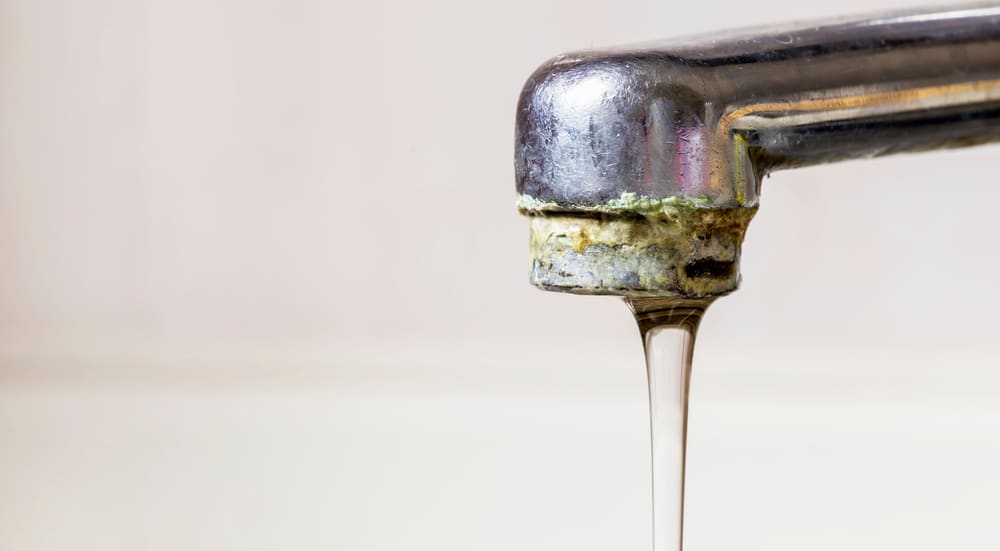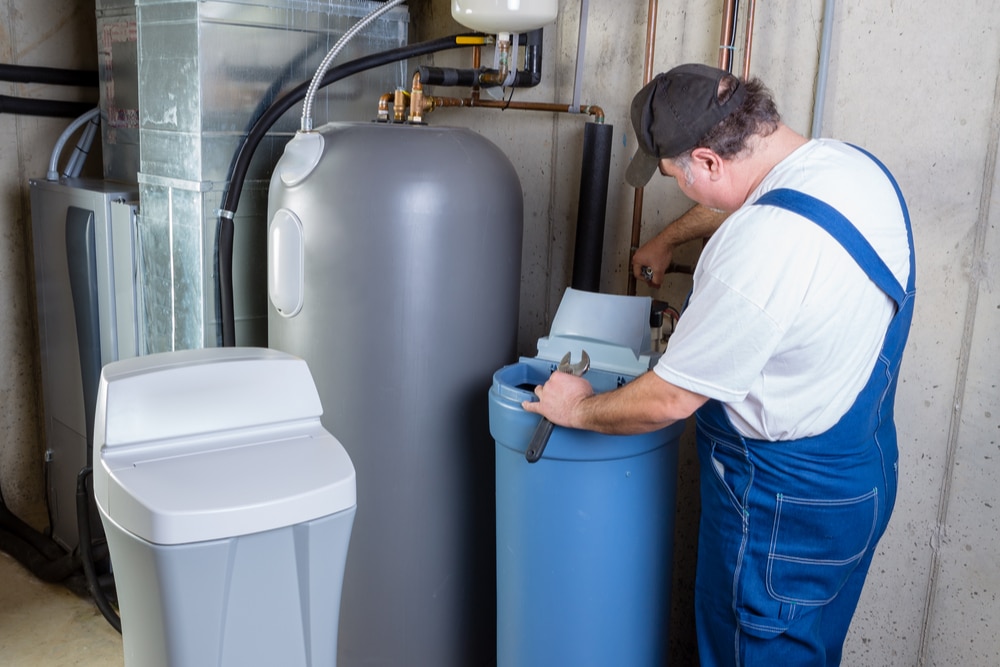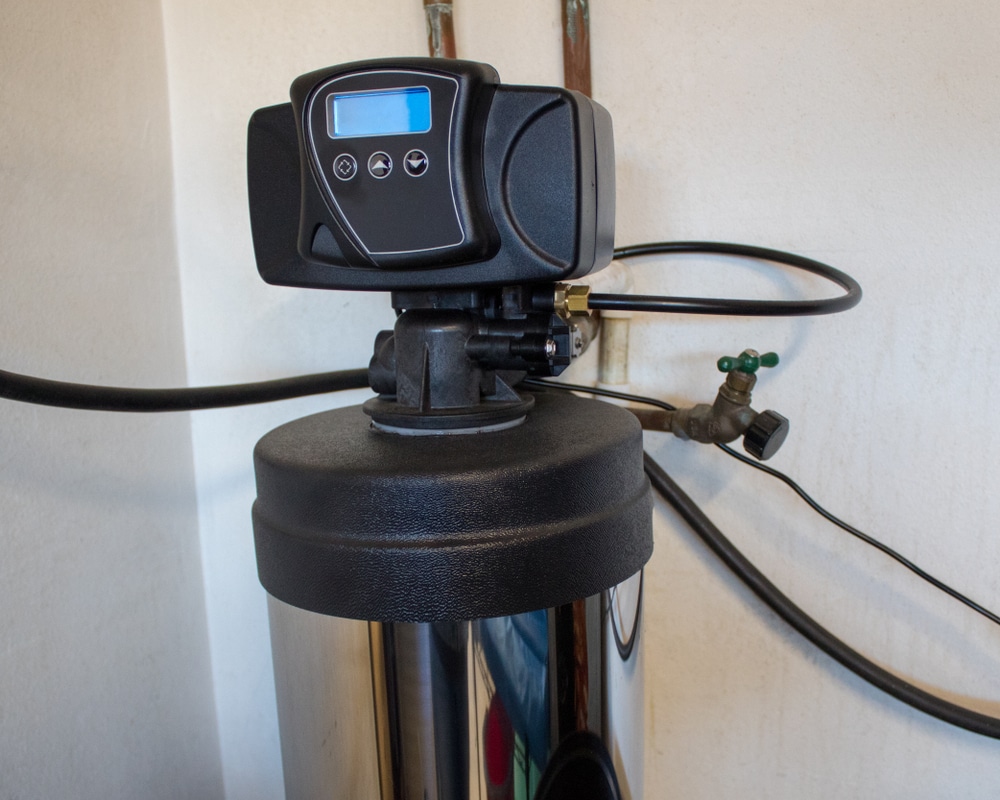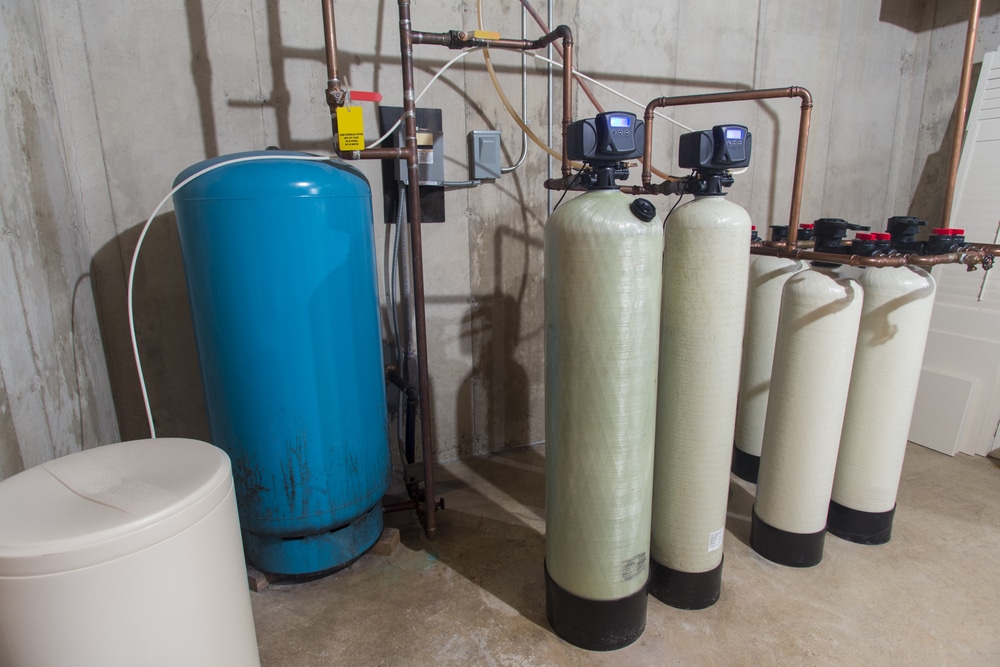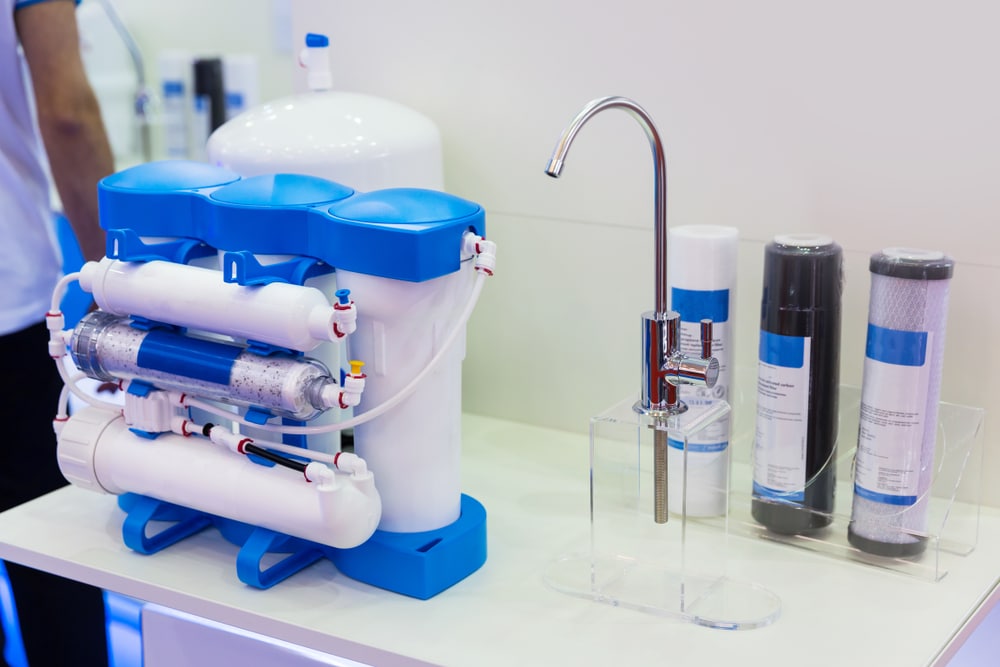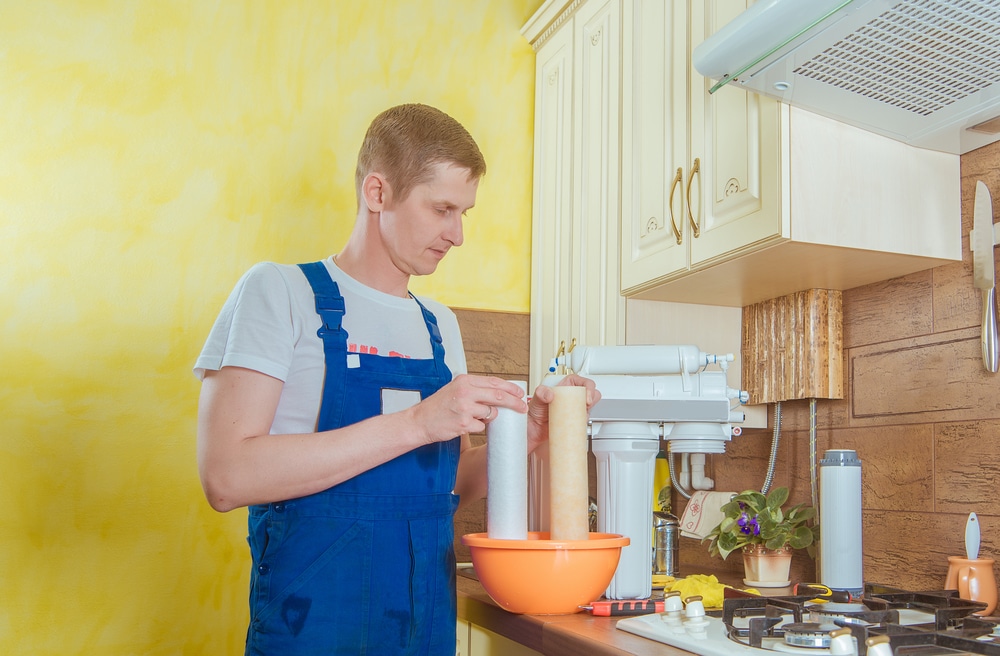In Utah, our water is considered hard, especially compared to other areas of the country. Hard water is water that contains a high concentration of minerals, chiefly calcium and magnesium. But not everyone is aware of the effects of hard water. They may believe their skin problems and other issues are due to another cause. The team at Kinetico wants you to know the warning signs of hard water. If you have these bothersome issues in your home, a water softener can help.
1. Dry Skin & Hair
Hard water is drying, and showering with hard water can dry out your skin and hair, leaving you flaky and itchy. Moisturizing and conditioning can help, but it’s an issue many people in the Salt Lake City area fight constantly.
It has not been scientifically proven that hard water causes eczema, but most dermatologists agree that it can exacerbate the condition. Additionally, hard water can cause or worsen acne. Soft water is kinder to the skin and hair.
2. Appliances Break Down
Any appliances in your home that use water — the hot water tank, clothes washer, icemaker, dishwater — can break down more frequently if your home has hard water. That’s because of limescale, a chalky substance that builds up in these machines, as well as other parts such as sprayers, nozzles and drain hoses.
Soft water helps appliances last longer.
3. Plumbing Problems
Especially in older homes, scale and minerals can build up so thickly in pipes that the space for water to flow is reduced to the size of a pencil. This affects water pressure and makes it easier for pipes to become clogged.
With hard water, clogs can also form in the showerhead and faucets in your home. If you’re frequently calling the plumber for help with clogs, hard water may be to blame.
4. Dingy Laundry
Minerals make soap less effective, making it harder to clean your skin, your clothes and anything else in your home. After a while, your laundry will look dingy and stains will remain stubbornly behind. Minerals will also stay behind in your clothes, making them feel stiff. Additionally, your clothes will not last as long because the minerals break down the fabrics faster.
Have you noticed any of these signs in your home? Contact Kinetico today to schedule water softener installation. We serve Salt Lake City, Herriman, Bountiful, Ogden, Park City, Toole and the surrounding areas.

